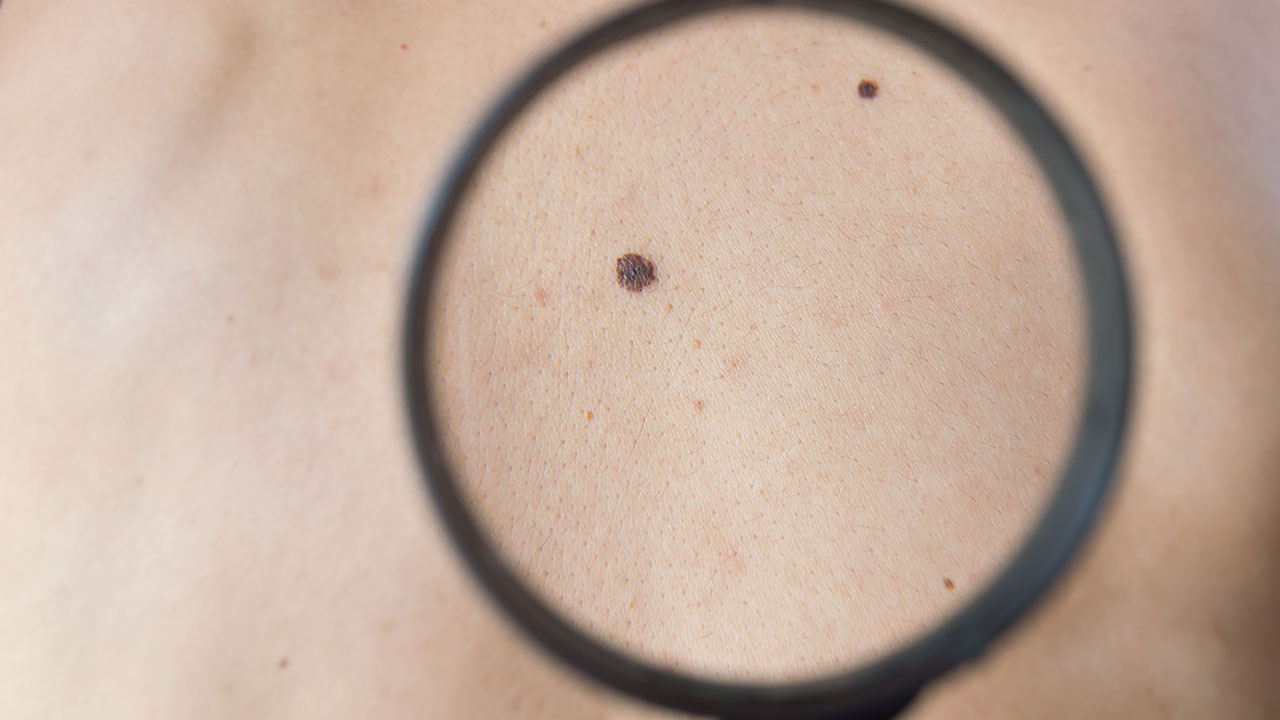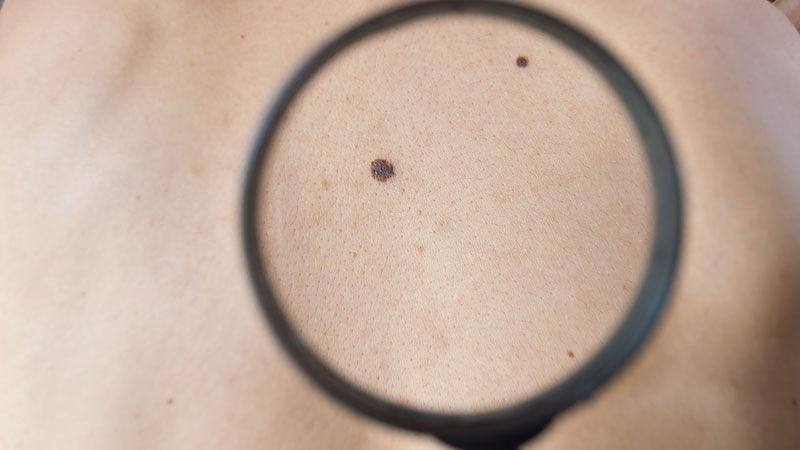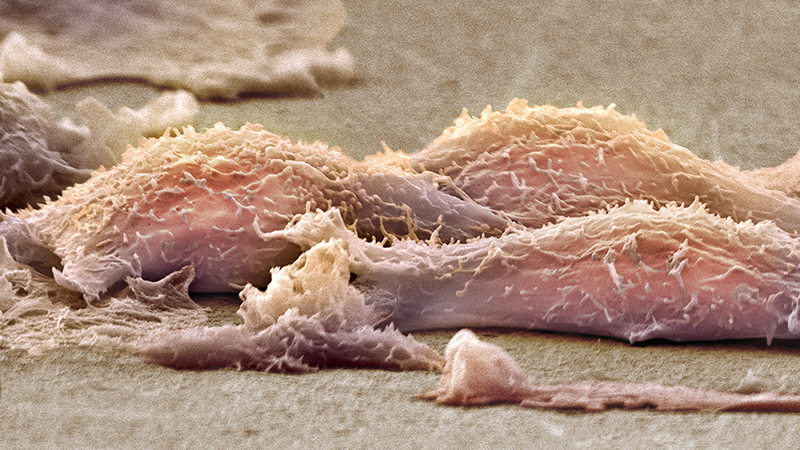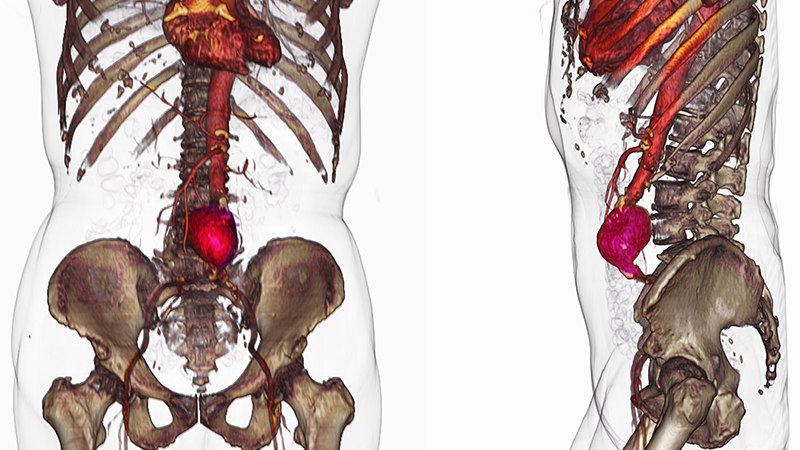What Is Melanoma?
The Most Dangerous Skin Cancer
Updated May 2024
Melanoma is a skin cancer that targets pigment-producing skin cells, called melanocytes.
It’s rare, accounting for just 1% of skin cancer diagnoses.
It’s dangerous, accounting for the majority of skin cancer-related deaths.
There are four main types, listed from most to least common:
1. Superficial spreading
- Skin-based tumor.
- Presents as a mole that has:
Asymmetry
Border irregularity
Color that’s uneven
Diameter greater than 6 millimeters
Evolving characteristics
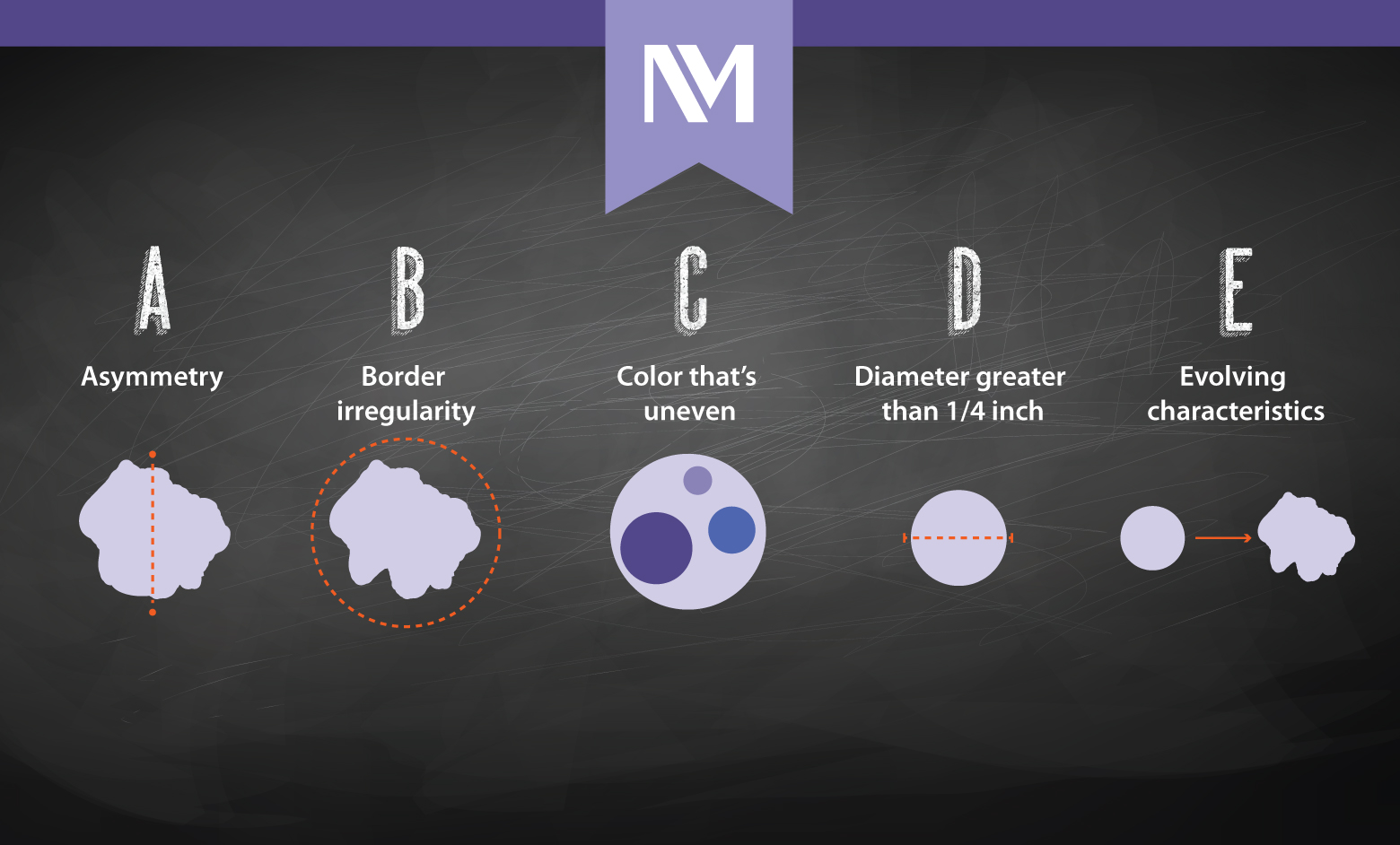
2. Nodular
- Red or flesh-colored lesions
3. Lentigo maligna
- Presents as age spots
- Typically arises in older patients due to sun exposure
4. Acral lentiginous
- Affects areas not exposed to the sun, like the palms of the hand or soles of the feet
- Often not identified early
Treatment
Treatment options have greatly improved in the last two decades, and leading-edge treatments are now available at Northwestern Medicine.
Treatment depends on the stage of the melanoma and the patient. It could involve surgically removing affected areas or lymph nodes, or immunotherapy.
Risks
- Melanoma is more common in white people.
- Your risk is higher if you have a family history of melanoma.
- Excess exposure to UV rays increases your risk of melanoma.
Prevention
- Be safe when exposed to UV rays.
- See a dermatologist annually.
- See a physician immediately if you notice changes in your skin or moles.

